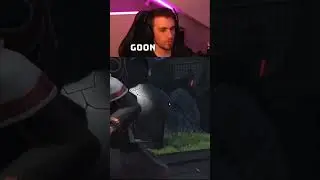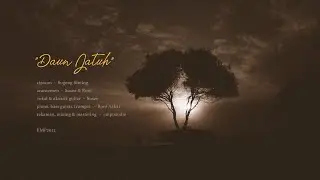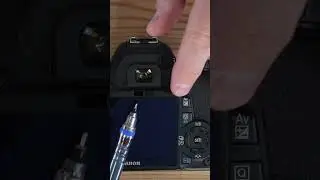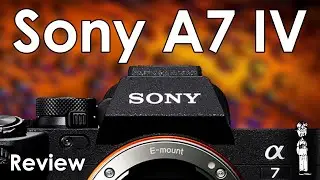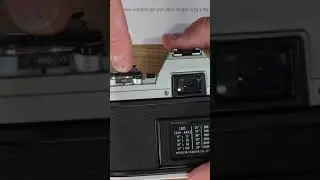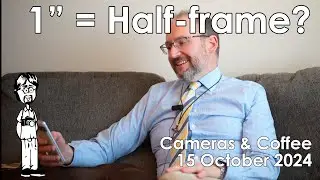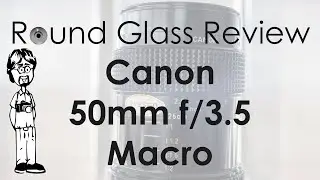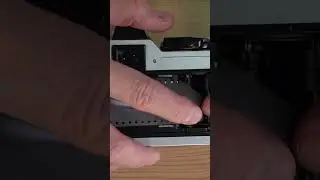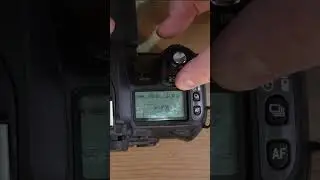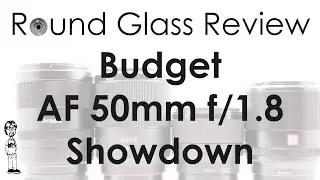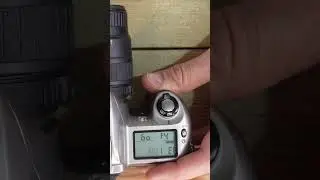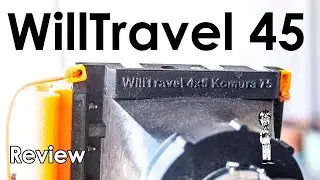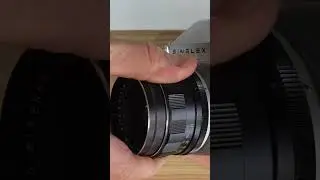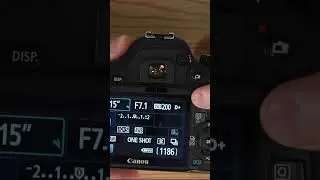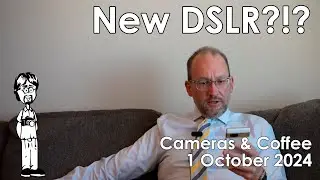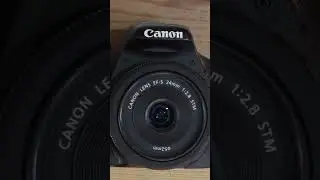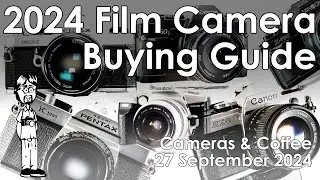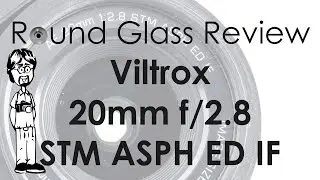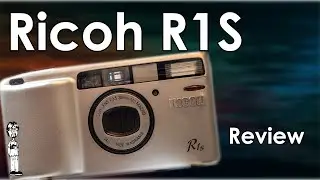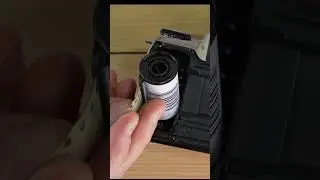Photography 201: Shallow and Depp Depth of Field Photography
Last month the assignment aimed to help you see how images can play with time. This month, we’ll work on seeing how you can use depth of field to direct the viewer to seeing specific parts of the image. For this assignment, take photos across the aperture range and with shallow and deep depths of field. See how different depths of field benefit or impair the results of different subjects. See how that works with or against your image style and voice. Traditionally, the advice has been to use a deep depth of field with landscapes and a shallow one with portraits – just enough to isolate the subject. That’s good advice, but not necessarily always accurate. There will be times when the rules above aren’t the best. So for this assignment, play with that idea and see what you like when you try different things with depth of field.
Shallow depth of field and deep depth of field techniques are like the brushes in a painter's toolkit, allowing photographers to meticulously craft visual narratives by manipulating the focus plane. Following last month's exploration of time manipulation through exposure techniques, this assignment delves into the spatial realm, urging you to master the nuances of depth of field. Spanning the aperture range, experiment with both shallow and deep depths of field to unravel their impact on various subjects. Witness how a razor-thin focal plane draws attention to specific elements, creating a sense of intimacy, while a broader focus brings the entire scene into sharp relief.
Traditionally, the counsel has been to reserve deep depths of field for landscapes and employ shallow depths for portraiture, aiming to isolate the subject from the background. While this guidance holds merit, it's not a rigid rule. This assignment encourages you to challenge and transcend these conventions, acknowledging that the best approach may deviate from tradition. The play between subject isolation and environmental context is a dance of creative choices, each yielding unique visual stories.
Subject isolation through shallow depth of field has become synonymous with portraiture, emphasizing the individual within the narrative. This technique crafts a visual hierarchy, guiding the viewer's gaze with precision. On the other hand, deep depth of field, often employed in landscapes, ensures that every detail, from foreground to background, contributes to the overarching tale. Both techniques have transcended their conventional domains, becoming tools for nuanced storytelling in various photographic genres.
The advent of digital photography has amplified the impact of these techniques. Instant feedback allows for real-time adjustments, facilitating a more intuitive and experimental approach. Shallow and deep depth of field have not only enriched the technical palette of photographers but have also influenced the language of visual communication. Their role extends beyond mere technicalities; they serve as powerful conduits for expressing the photographer's vision, shaping the narrative and emotional resonance of an image.
Join this channel to get access to perks:
/ @davidhancock
David Hancock's Amazon Author Page with Links to Select Camera Manual eBooks:
https://www.amazon.com/David-Hancock/...
My Instagram:
/ davidhancock
Imgur:
BanditKablooie
"Mumbo Sugar" by Arc de Soleil used under active license from Epidemic Sound at the time of this video's publication.
![[4K] 🇺🇸 Bike Ride Around Miami Beach! 🚴♂️🌴](https://images.mixrolikus.cc/video/jmqP9oyWT7s)


